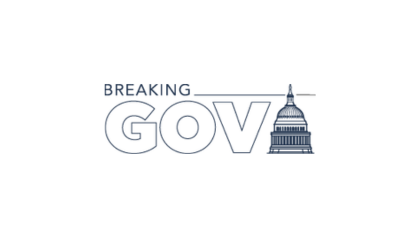
Among other points, he announced an “aggressive and accelerated procurement for new EPA collaboration tools”: one month to advertise, one month to decide, and four months to implement, so it is ready by November. Malcolm deserves credit on a number of fronts for pushing these ideas forward and quickly.
But it also reminded of a point about government that I experienced many times during my 30-plus years of government service at EPA: namely, senior managers in government repeat work that has been done in the past either because they do not know about it or choose to ignore it and start from scratch again.
I asked him if he was also working on the two functions that I had found important in my experience with doing this, provisioning content and dealing with limited bandwidth, and he said they were.
But I know from my experience at EPA that those two things are not going to happen in a short period of time. It took me three years to prepare EPA’s best content in a collaboration tool that supports limited bandwidth use on both desktop and mobile devices.
In my government experience, the 90-9-1 rule applies… only 1% will really use (new tools) and be doers and evangelists.”
I would have also felt better about what Jackson announced if he had mentioned it supported and followed the standards outlined by Federal CIO Steve VanRoekel in his Building a Digital Government Strategy.
One can do these things from the top down: That is, respond to the need for collaboration tools for an agency that work on mobile devices, procure them and hope that the employees put their content in them.
Or one can work from the bottom up: Use what employees are already using to put their content in to collaborate with others and see if those tools will scale up and federate.
We have all seen organizations procure yet another set of collaboration tools, only to then have a massive migration problem with legacy content and users still continue to use their tools of choice. For example, mobile has evolved from “This is the only tool we offer” (e.g. BlackBerry) to now Bring Your Own Device (BYOD) (e.g. iPhones, iPads, etc.)
So what should Malcolm and others in his situation do?
First, I would go around asking and looking for what has already been done and ask the real productive people at EPA, who are collaborating with others inside and outside the agency, what they are using (at EPA or outside of EPA) or would use if they had permission, and encourage others at EPA to try those pockets of excellence first.
Keep reading → Just five months into the role, it appears Justin Herman is handily leading the government’s march toward a new communications model that includes agencies talking to each other virtually, collaborating on what tools to buy, finding free services and using the Internet to communicate with the public.
Just five months into the role, it appears Justin Herman is handily leading the government’s march toward a new communications model that includes agencies talking to each other virtually, collaborating on what tools to buy, finding free services and using the Internet to communicate with the public. GSA has now launched the
GSA has now launched the  World Bank Group President Dr. Jim Yong Kim today challenged governments and institutions to support a growing international movement to harness data in an effort to foster greater economic prosperity.
World Bank Group President Dr. Jim Yong Kim today challenged governments and institutions to support a growing international movement to harness data in an effort to foster greater economic prosperity.
 The federal government’s chief information officer, Steven VanRoekel, said his office, the Federal CIO Council, the Federal Web Managers Council, and various agencies have “hit the ground running and are already hard at work” implementing the Obama Administration’s new
The federal government’s chief information officer, Steven VanRoekel, said his office, the Federal CIO Council, the Federal Web Managers Council, and various agencies have “hit the ground running and are already hard at work” implementing the Obama Administration’s new  The Defense Department’s release of a new
The Defense Department’s release of a new  Last week, the General Services Administration had the pleasure of hosting a roundtable in Washington, D.C., that brought together federal CIOs, CTOs, and thought leaders in technology from the public and private sectors. Together, they discussed the future of government IT, and how agencies should respond to shrinking budgets and increased expectations for workplace efficiency.
Last week, the General Services Administration had the pleasure of hosting a roundtable in Washington, D.C., that brought together federal CIOs, CTOs, and thought leaders in technology from the public and private sectors. Together, they discussed the future of government IT, and how agencies should respond to shrinking budgets and increased expectations for workplace efficiency.